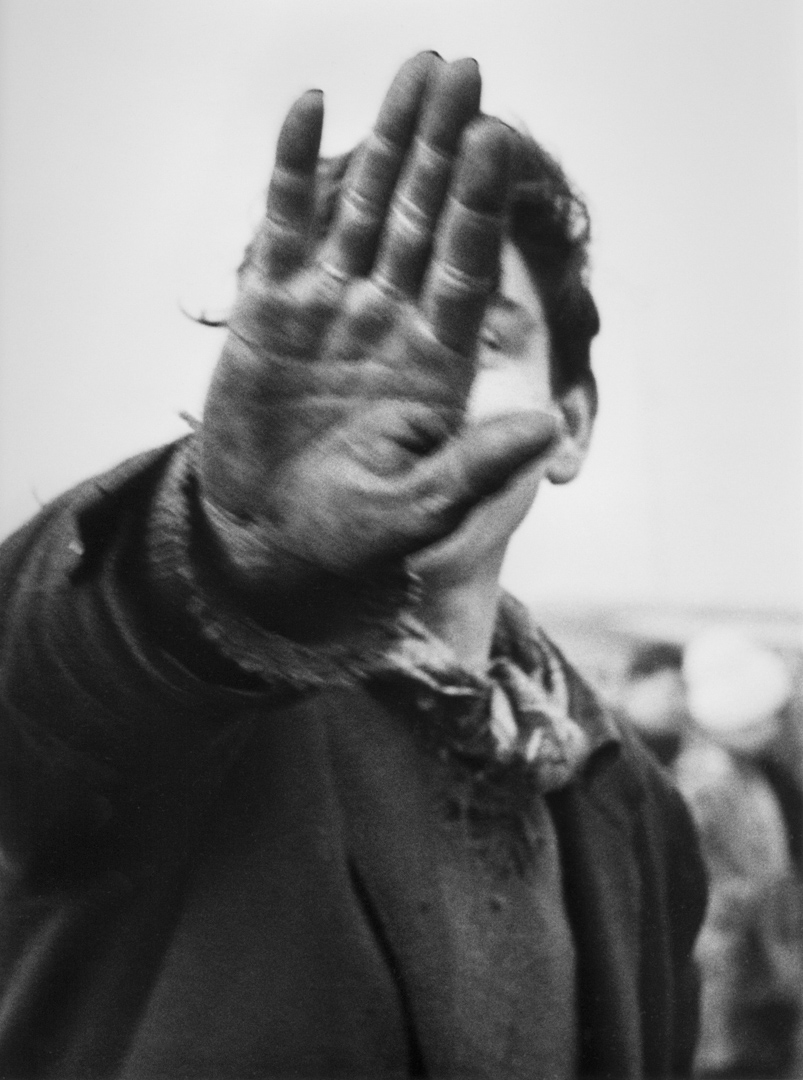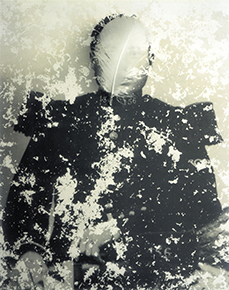 https://agencevu.com/wp-content/uploads/2019/11/00_10_STROM13930-1977CL0535-copie-copie.jpg
290
229
Fanny Demichelis
/wp-content/uploads/2021/05/logo-vert-2.svg
Fanny Demichelis1977-02-20 18:19:372021-04-01 14:19:08Polaroids, 1977
https://agencevu.com/wp-content/uploads/2019/11/00_10_STROM13930-1977CL0535-copie-copie.jpg
290
229
Fanny Demichelis
/wp-content/uploads/2021/05/logo-vert-2.svg
Fanny Demichelis1977-02-20 18:19:372021-04-01 14:19:08Polaroids, 1977Christer
Christer Strömholm
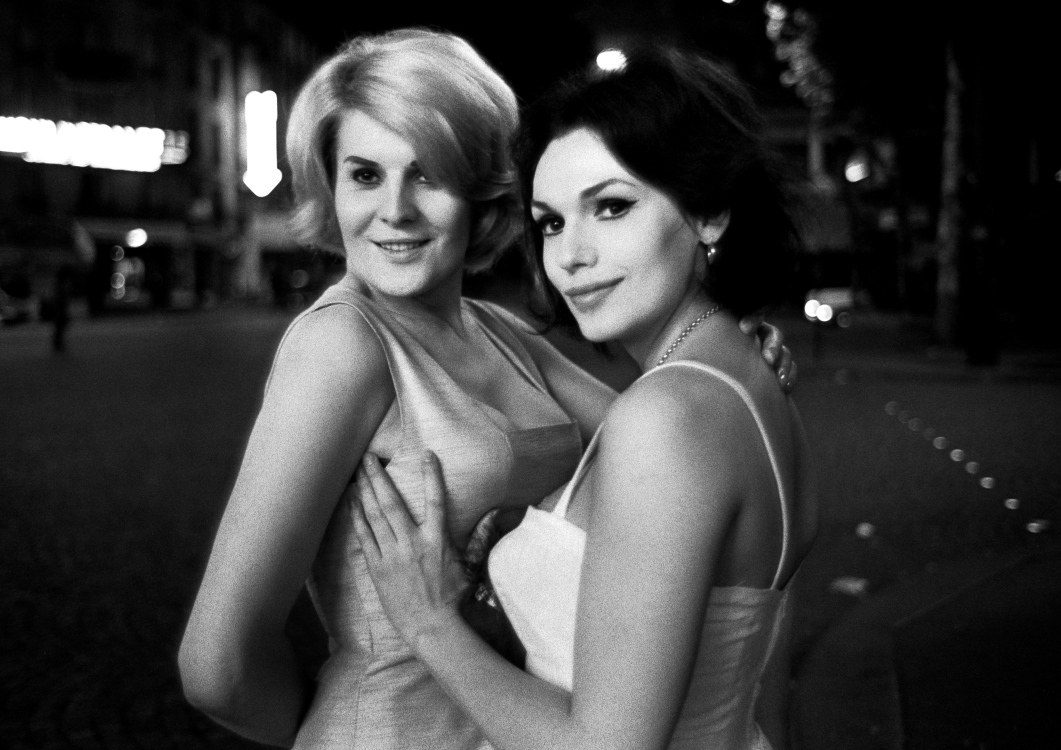
biography
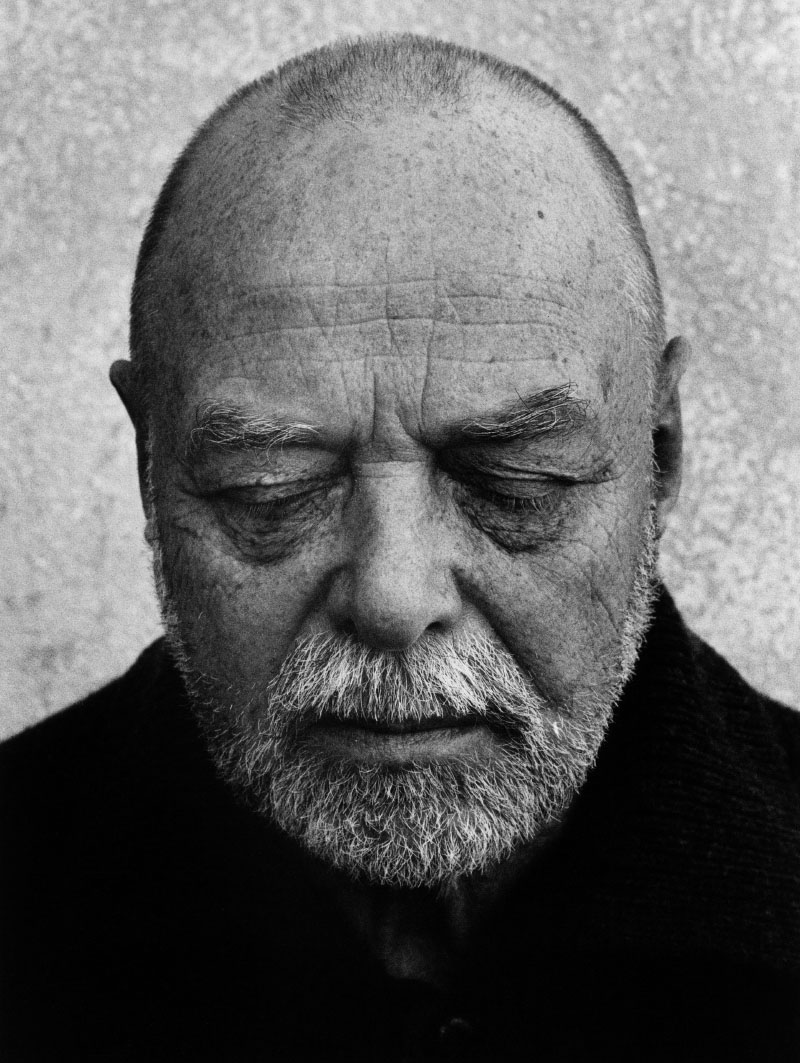
In 1937, at the age of 19, he was born in Stockholm (Sweden) in 1918, Christer Strömholm left Sweden for Dresden where he attended the art school of Professor Waldemar Winkler. In conflict with the teacher about Paul Klee and the banned artists of the Bauhaus, he quickly left for Paris, then Arles, to meet his master, the Swedish artist, Dick Beer. In the autumn of 1938, he returned to Sweden and began painting with Otte Sköld and Isaac Grünwald. In 1946, after having served from 1939 to 1945 under the Norwegian flag in a volunteer corps and then in the resistance, he returned to Paris and enrolled in the School of Fine Arts.
There, he really discovered photography and made, on commission, portraits of celebrities such as Man Ray, Marcel Duchamp or Le Corbusier, but also personal portraits, which today are undeniable icons of these artists who marked the century. From 1946 to 1954, he lived and worked in Paris, while pursuing his art studies in Paris, but also Faenza and Florence.
In 1950 (until 1953), he joined the Fotoform group for the subjective German photography of the German Otto Steinert. In 1956, he moved to Paris where he remained until 1962. During these 6 years, he produced his great work on transsexuals in La Place Blanche. In 1962/63, he travelled to Japan, India, the United States and Africa. From 1962 to 1974, he directed the School of Photography at Stockholm University and trained more than 1200 students, including the elite of contemporary Scandinavian photography.
Since then, Christer Strömholm’s photographs have been exhibited and published in Sweden, but also in Spain, Portugal, Germany, Mexico and Argentina
Series
 https://agencevu.com/wp-content/uploads/2019/11/00_10_STROM13930-1977CL0535-copie-copie.jpg
290
229
Fanny Demichelis
/wp-content/uploads/2021/05/logo-vert-2.svg
Fanny Demichelis1977-02-20 18:19:372021-04-01 14:19:08Polaroids, 1977
https://agencevu.com/wp-content/uploads/2019/11/00_10_STROM13930-1977CL0535-copie-copie.jpg
290
229
Fanny Demichelis
/wp-content/uploads/2021/05/logo-vert-2.svg
Fanny Demichelis1977-02-20 18:19:372021-04-01 14:19:08Polaroids, 1977
Paris, 1965

Japon, 1963

America, 1963

Children, 1963

Portraits of Artists, 1962
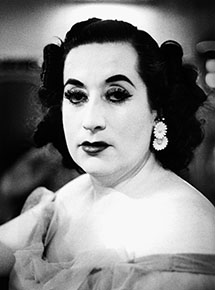
Spain, 1959

Les amies de la Place Blanche , 1954
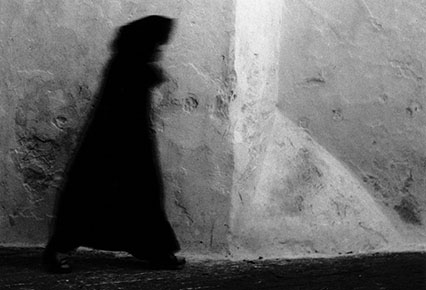
Fotoform, 1952

Polaroids, 1977

Paris, 1965

Japon, 1963

America, 1963

Children, 1963

Portraits of Artists, 1962

Spain, 1959

Les amies de la Place Blanche , 1954

Fotoform, 1952

Polaroids, 1977

Paris, 1965

Japon, 1963

America, 1963

Children, 1963

Portraits of Artists, 1962

Spain, 1959

Les amies de la Place Blanche , 1954

Fotoform, 1952
Interviews
Les Amies de la Place Blanche
French Culture in the US
—
2012
Swedish photographer Christer Strömholm wrote in the 1983 book of the series: « These are images of people whose lives I shared and whom I think I understood. These are images of women—biologically born as men—that we call ‘transsexuals,’ » His photographs are » A portrayal of those living a different life in the big city of Paris, of people who endured the roughness of the streets. »

The last interview by Gunilla Knape
Hasselblad Center
—
2000
This is the last interview with Christer Strömholm, conducted by the Director of the Hasselblad Center Museum of Photography, following the presentation of the Hasselblad Award in 1997.
Exhibitions
Les Amies de Place Blanche
—
Centre Pompidou, Paris
—
From September 6, 2023 to March 25, 2024
books
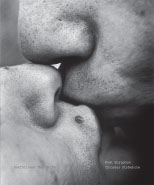
Post Scriptum
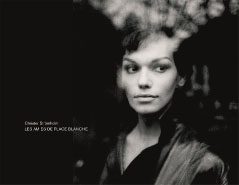
Les amies de la place blanche
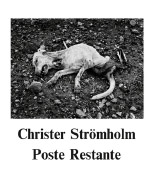
Poste Restante

Chirster Strömholm
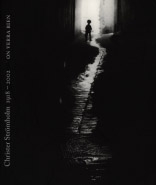
ON VERRA BIEN
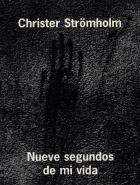
Nueve segundos de mi vida

Imprints
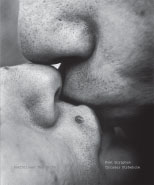
Post Scriptum

Les amies de la place blanche

Poste Restante

Chirster Strömholm
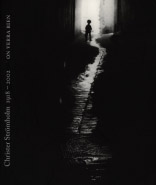
ON VERRA BIEN

Nueve segundos de mi vida

Imprints

Post Scriptum

Les amies de la place blanche

Poste Restante

Chirster Strömholm

ON VERRA BIEN

Nueve segundos de mi vida

